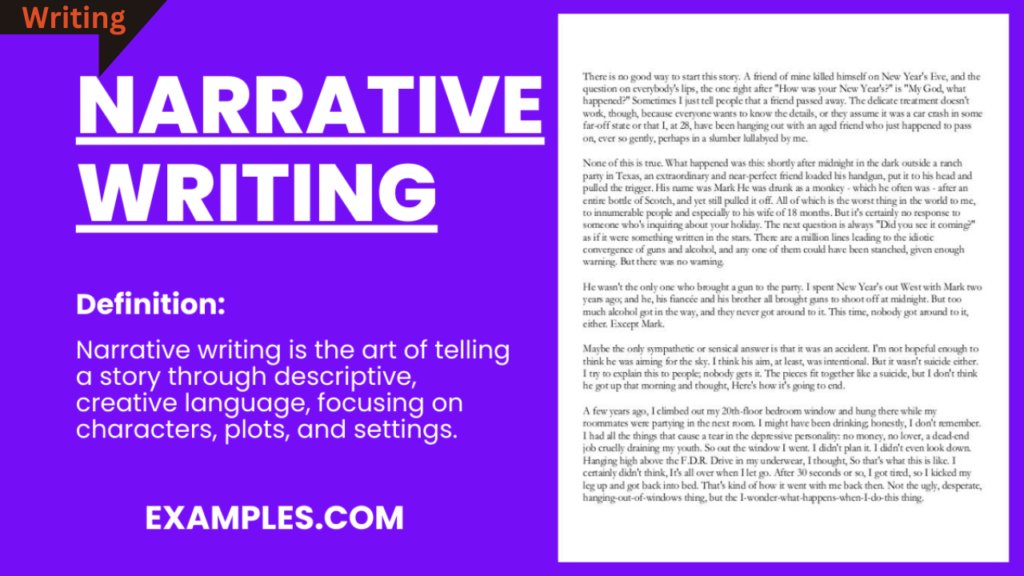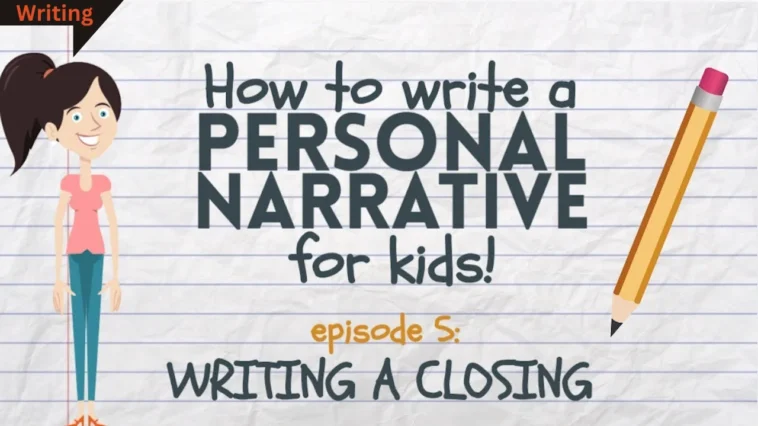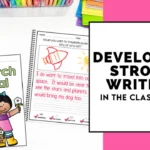Introduction
Narrative sentences form the backbone of storytelling. These sentences immerse readers in the world of the story, create vivid imagery, and evoke emotions. By effectively using narrative sentences, writers can captivate their audience and bring their tales to life. This article explores different types of narrative sentences, provides examples, and offers tips to improve your storytelling skills.
Types of Narrative Sentences
A. Descriptive Sentences
Descriptive sentences help set the scene by painting a vivid picture of the environment, characters, or objects. They engage the reader’s senses and create a rich backdrop for the story.
B. Action-Oriented Sentences
Action sentences drive the plot forward. They capture movement and intensity, making the narrative dynamic and engaging.
C. Dialogue Sentences
Dialogue sentences reveal character relationships and advance the narrative through interactions. They bring authenticity and personality to the characters.
D. Reflective Sentences
Reflective sentences delve into a character’s inner thoughts and emotions. They offer depth and a glimpse into the motivations behind their actions.

Examples of Narrative Sentences
A. Descriptive Examples
- “The golden rays of the setting sun painted the horizon in fiery hues, casting long shadows over the quiet town.”
- “Her emerald-green eyes glimmered with a mixture of curiosity and mischief.”
B. Action Examples
- “He lunged forward, his sword slicing through the air with deadly precision.”
- “The car screeched to a halt, narrowly avoiding the child who had darted into the street.”
C. Dialogue Examples
- “’I can’t believe you did that,’ she whispered, her voice trembling with emotion.”
- “’We don’t have time to argue,’ he snapped, glancing at the clock.”
D. Reflective Examples
- “She wondered, not for the first time, if her choices had led her too far from the life she once dreamed of.”
- “The memory of his father’s words lingered, a bittersweet echo in the silence.”
Related Article : 60 March Writing Prompts for Kids
Tips for Writing Effective Narrative Sentences
- Use vivid and specific language: Choose words that evoke strong imagery and emotions.
- Balance between showing and telling: Show details to immerse readers but also tell enough to move the story along.
- Match the tone and style to the story: Ensure your sentences reflect the mood and genre.
- Avoid excessive exposition: Keep descriptions concise and purposeful.
- Incorporate sensory details: Engage the reader’s senses to make scenes more immersive.
Practice Exercises
- Write three descriptive sentences about a location. Example: “The marketplace buzzed with energy, the scent of spices mingling with the hum of animated voices.”
- Write two action sentences that convey a sense of urgency. Example: “The flames roared closer, their heat licking at her heels as she sprinted toward the exit.”
- Create a short dialogue exchange between two characters. Example: “’This isn’t what we agreed to,’ she hissed. ‘You’ve crossed the line.’”
- Compose a reflective sentence expressing regret or hope. Example: “He stared at the old photograph, wishing he’d said goodbye when he had the chance.”
First-Person Narrative Examples
First-person narratives draw readers into the personal perspective of the storyteller. They create intimacy and allow the writer to share thoughts and emotions directly.
- “I still remember the day I found the dusty, forgotten journal in the attic.”
- “My heart raced as I stepped onto the stage, the crowd’s whispers echoing in my ears.”
- “I never imagined that a simple walk to the corner store would change my life forever.”
- “The cold air bit at my cheeks as I trudged through the snow, my breath forming fleeting clouds.”
- “Every time I close my eyes, I see the golden sunset of that summer day.”
Third-Person Narrative Examples
Third-person narratives provide a broader perspective, offering descriptions and insights into multiple characters and settings.
- “She wandered aimlessly through the dense forest, the trees whispering secrets around her.”
- “The cat perched on the windowsill, its eyes fixed on the fluttering bird outside.”
- “Beneath the star-studded sky, he sat quietly, lost in his thoughts.”
- “The child’s laughter echoed across the playground, a beacon of innocence amidst the chaos.”
- “They watched the ship sail away, its silhouette disappearing into the mist.”
Action-Oriented Narrative Examples
Action-packed sentences bring movement and energy to a story, immersing readers in dynamic scenes.
- “The knight raised his sword, the metal gleaming under the fierce sunlight.”
- “The storm roared like a feral beast, tearing apart everything in its path.”
- “With a deafening crack, the branch snapped, sending him plunging into the icy river below.”
- “The thief darted through the crowded market, weaving between startled shoppers.”
- “Explosions erupted around them as they sprinted toward the safety of the bunker.”
Descriptive Narrative Examples
Descriptive sentences enrich the narrative with vivid imagery and sensory details, bringing scenes to life.
- “The meadow stretched endlessly, blanketed in wildflowers of every color imaginable.”
- “The aroma of freshly baked bread filled the air, mingling with the sound of soft laughter.”
- “Golden sunlight filtered through the ancient trees, casting dappled patterns on the forest floor.”
- “The waves crashed against the shore, their white foam glistening under the moonlight.”
- “A mosaic of autumn leaves carpeted the ground, crunching softly underfoot.”
Emotional Narrative Examples
Emotionally charged sentences deepen the reader’s connection to the story and its characters.
- “Tears streamed down her face as she clutched the letter, the ink smudging beneath her fingertips.”
- “Joy bubbled within him like a warm spring, spilling into the wide grin that lit his face.”
- “His chest ached with longing as he watched her walk away, knowing it was for the last time.”
- “She trembled with a mix of fear and anticipation as she opened the old, creaking door.”
- “Laughter burst from her lips, uncontrollable and bright, scattering the weight of the day.”
Suspenseful Narrative Examples
Suspenseful sentences keep readers on the edge of their seats, building tension and anticipation.
- “A shadow loomed in the doorway, silent and menacing, as the clock ticked louder.”
- “He held his breath, waiting for the faint creak that would reveal her presence.”
- “The flickering candle cast eerie shapes on the walls, each movement more sinister than the last.”
- “The sound of footsteps echoed through the empty hallway, growing closer with every second.”
- “She reached for the box with trembling hands, unsure of what secrets it might hold.”
Conclusion
Well-crafted narrative sentences are essential for engaging storytelling. By experimenting with descriptive, action-oriented, dialogue, and reflective sentences, you can create a compelling narrative that resonates with readers. Practice and refinement will help you develop a unique voice and elevate your storytelling to new heights
FAQs
Q1: What are narrative sentences? Narrative sentences are sentences used in storytelling to describe scenes, portray actions, include dialogue, or reflect on a character’s thoughts and emotions. They form the core of narrative writing.
Q2: How do descriptive sentences enhance storytelling? Descriptive sentences create vivid imagery and engage the reader’s senses, helping to set the scene and immerse them in the story’s environment.
Q3: What is the difference between action-oriented and reflective sentences? Action-oriented sentences focus on events and movement, driving the plot forward. Reflective sentences explore a character’s inner thoughts, emotions, or motivations, adding depth to the story.
Q4: How can I improve my narrative writing? Practice writing different types of narrative sentences, use vivid language, balance showing and telling, and incorporate sensory details to create immersive scenes.
Q5: Why is dialogue important in narrative writing? Dialogue adds authenticity to characters, reveals relationships, and moves the story forward through interaction.
Q6: Can reflective sentences slow down a story? Yes, reflective sentences can slow the pacing, but they are valuable for adding depth and emotional resonance. Use them sparingly and at appropriate moments in the story.


